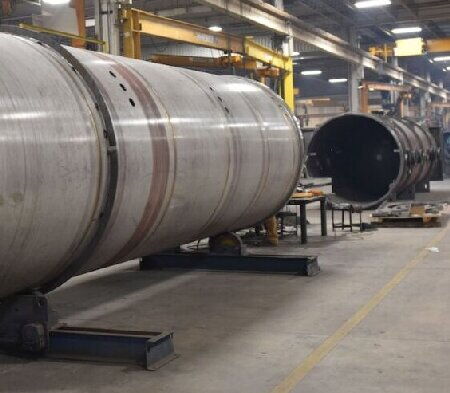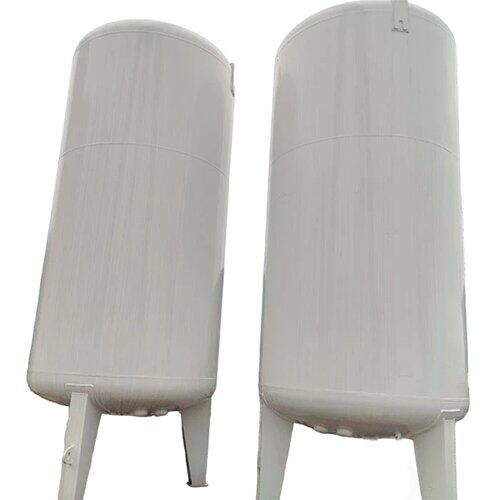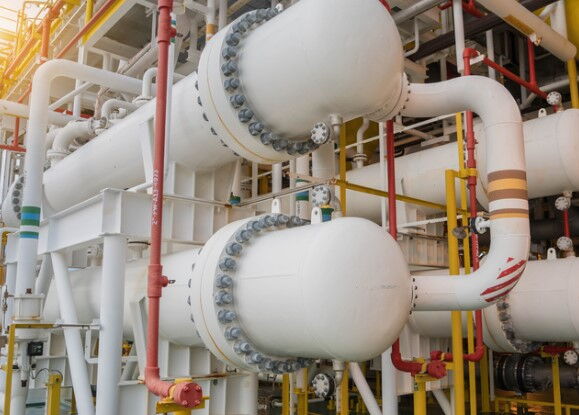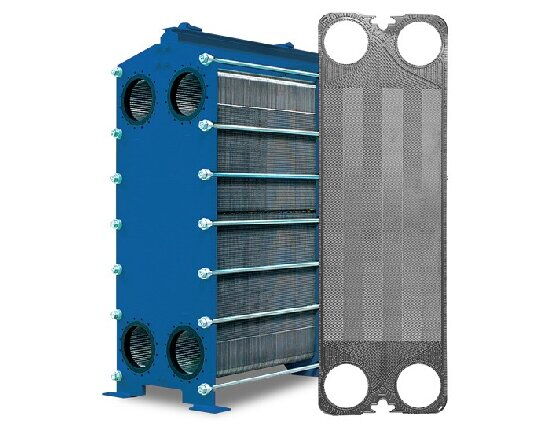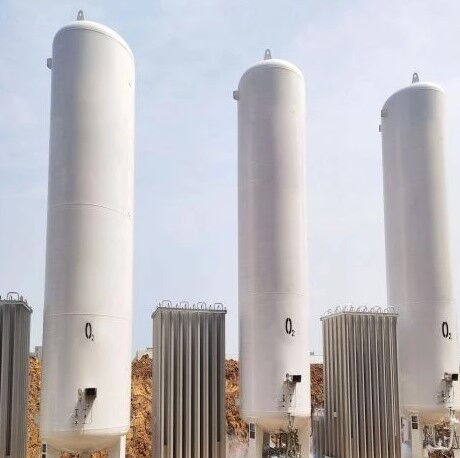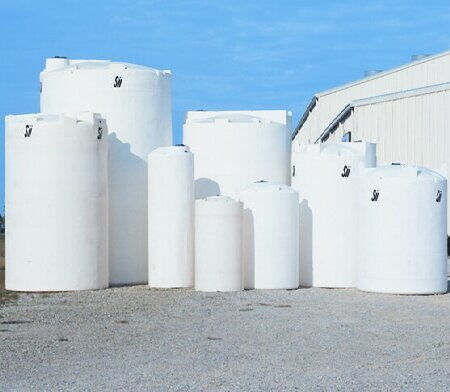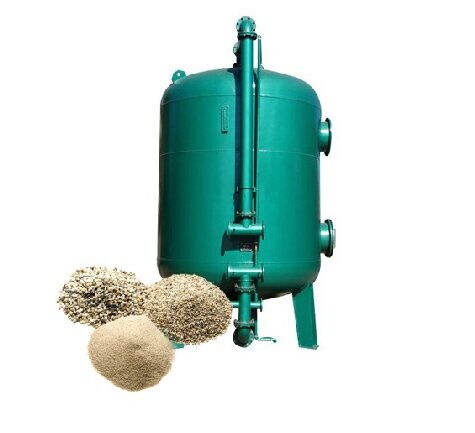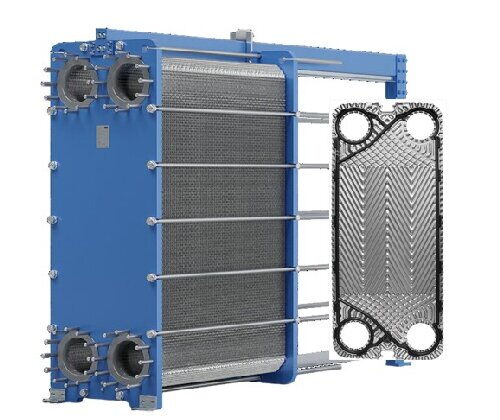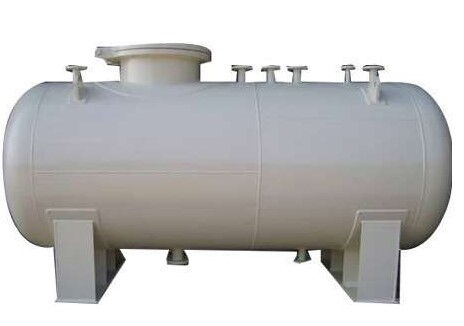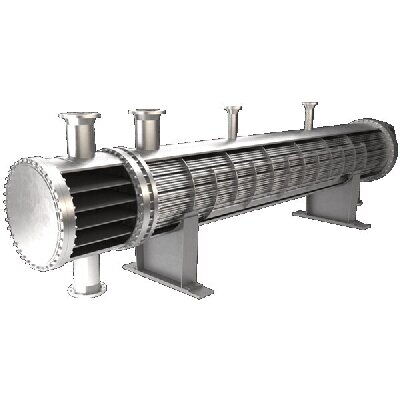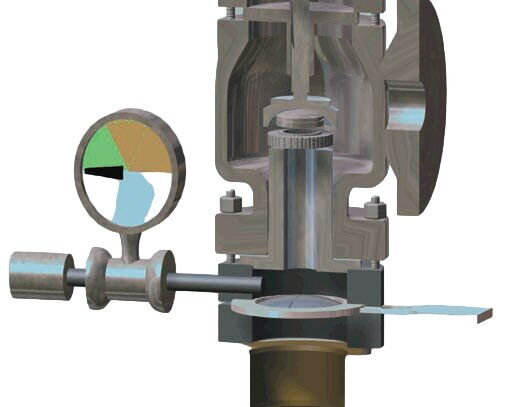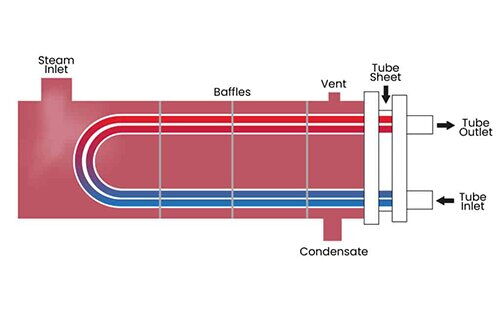Common Pressure Vessels Standards and Design Considerations
Pressure vessels play a critical role in modern industries, finding extensive applications across sectors such as chemical processing, petroleum, research, and energy. Due to their operation under high-pressure and high-temperature conditions, the design of pressure vessels must adhere to a series of international, national, or regional standards and regulations to ensure their safety, reliability, and compliance. Common International and National Pressure Vessel Design Standards Adhering...

